Ebenezer R. H. P. Isaac
Active Rule Mining for Multivariate Anomaly Detection in Radio Access Networks
Jan 11, 2025Abstract:Multivariate anomaly detection finds its importance in diverse applications. Despite the existence of many detectors to solve this problem, one cannot simply define why an obtained anomaly inferred by the detector is anomalous. This reasoning is required for network operators to understand the root cause of the anomaly and the remedial action that should be taken to counteract its occurrence. Existing solutions in explainable AI may give cues to features that influence an anomaly, but they do not formulate generalizable rules that can be assessed by a domain expert. Furthermore, not all outliers are anomalous in a business sense. There is an unfulfilled need for a system that can interpret anomalies predicted by a multivariate anomaly detector and map these patterns to actionable rules. This paper aims to fulfill this need by proposing a semi-autonomous anomaly rule miner. The proposed method is applicable to both discrete and time series data and is tailored for radio access network (RAN) anomaly detection use cases. The proposed method is demonstrated in this paper with time series RAN data.
Adaptive Thresholding Heuristic for KPI Anomaly Detection
Aug 21, 2023Abstract:A plethora of outlier detectors have been explored in the time series domain, however, in a business sense, not all outliers are anomalies of interest. Existing anomaly detection solutions are confined to certain outlier detectors limiting their applicability to broader anomaly detection use cases. Network KPIs (Key Performance Indicators) tend to exhibit stochastic behaviour producing statistical outliers, most of which do not adversely affect business operations. Thus, a heuristic is required to capture the business definition of an anomaly for time series KPI. This article proposes an Adaptive Thresholding Heuristic (ATH) to dynamically adjust the detection threshold based on the local properties of the data distribution and adapt to changes in time series patterns. The heuristic derives the threshold based on the expected periodicity and the observed proportion of anomalies minimizing false positives and addressing concept drift. ATH can be used in conjunction with any underlying seasonality decomposition method and an outlier detector that yields an outlier score. This method has been tested on EON1-Cell-U, a labeled KPI anomaly dataset produced by Ericsson, to validate our hypothesis. Experimental results show that ATH is computationally efficient making it scalable for near real time anomaly detection and flexible with multiple forecasters and outlier detectors.
AI Product Security: A Primer for Developers
Apr 18, 2023Abstract:Not too long ago, AI security used to mean the research and practice of how AI can empower cybersecurity, that is, AI for security. Ever since Ian Goodfellow and his team popularized adversarial attacks on machine learning, security for AI became an important concern and also part of AI security. It is imperative to understand the threats to machine learning products and avoid common pitfalls in AI product development. This article is addressed to developers, designers, managers and researchers of AI software products.
Robust Analytics for Video-Based Gait Biometrics
Nov 12, 2021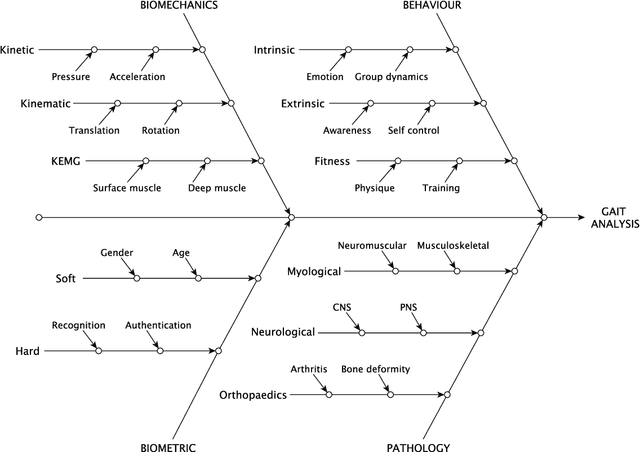
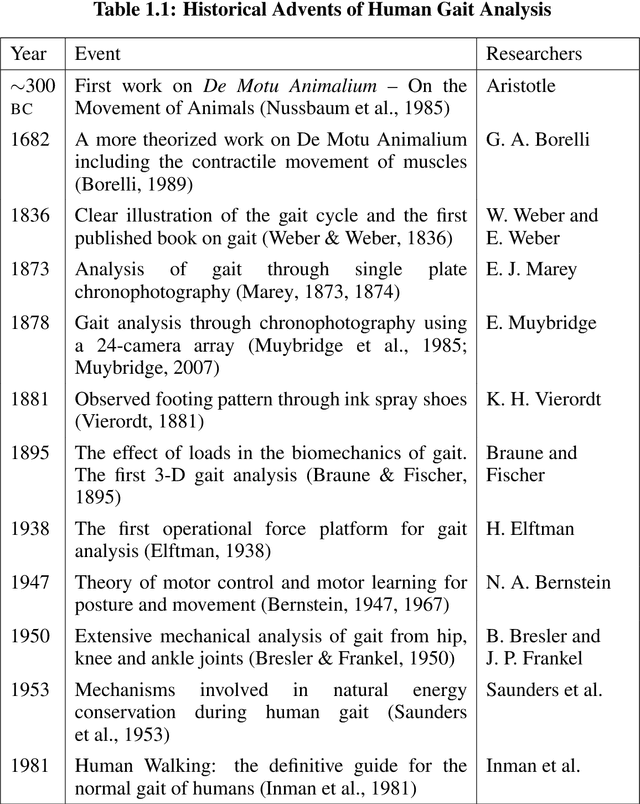
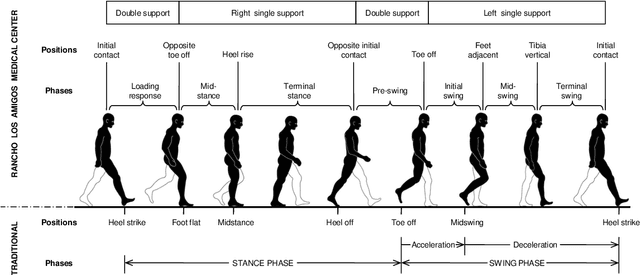
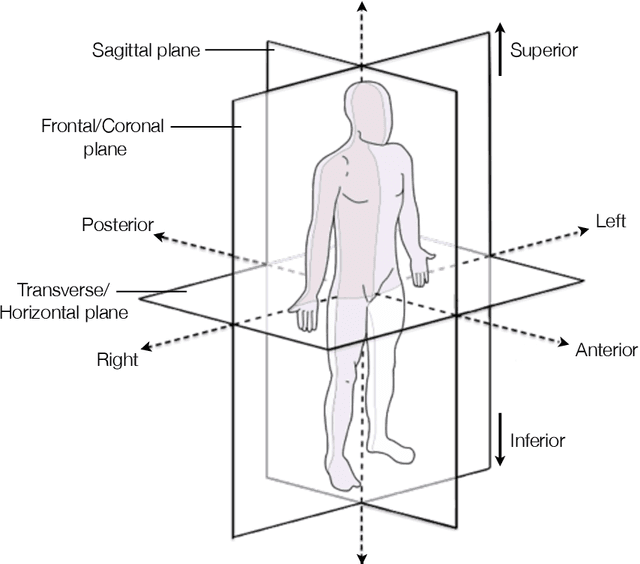
Abstract:Gait analysis is the study of the systematic methods that assess and quantify animal locomotion. Gait finds a unique importance among the many state-of-the-art biometric systems since it does not require the subject's cooperation to the extent required by other modalities. Hence by nature, it is an unobtrusive biometric. This thesis discusses both hard and soft biometric characteristics of gait. It shows how to identify gender based on gait alone through the Posed-Based Voting scheme. It then describes improving gait recognition accuracy using Genetic Template Segmentation. Members of a wide population can be authenticated using Multiperson Signature Mapping. Finally, the mapping can be improved in a smaller population using Bayesian Thresholding. All methods proposed in this thesis have outperformed their existing state of the art with adequate experimentation and results.
Trait of Gait: A Survey on Gait Biometrics
Mar 26, 2019

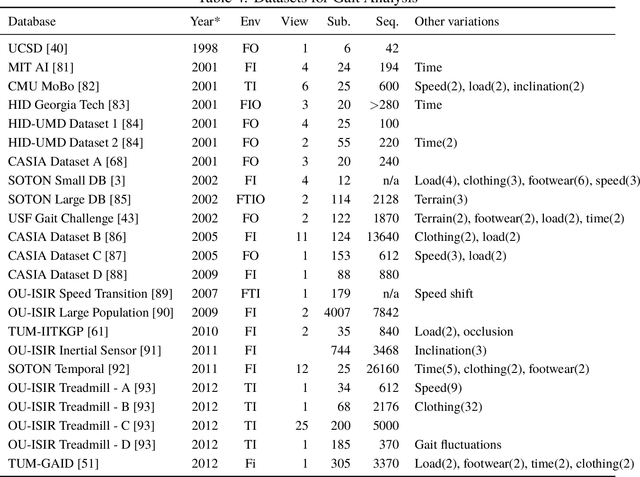

Abstract:Gait analysis is the study of the systematic methods that assess and quantify animal locomotion. The research on gait analysis has considerably evolved through time. It was an ancient art, and it still finds its application today in modern science and medicine. This paper describes how one's gait can be used as a biometric. It shall diversely cover salient research done within the field and explain the nuances and advances in each type of gait analysis. The prominent methods of gait recognition from the early era to the state of the art are covered. This survey also reviews the various gait datasets. The overall aim of this study is to provide a concise roadmap for anyone who wishes to do research in the field of gait biometrics.
 Add to Chrome
Add to Chrome Add to Firefox
Add to Firefox Add to Edge
Add to Edge